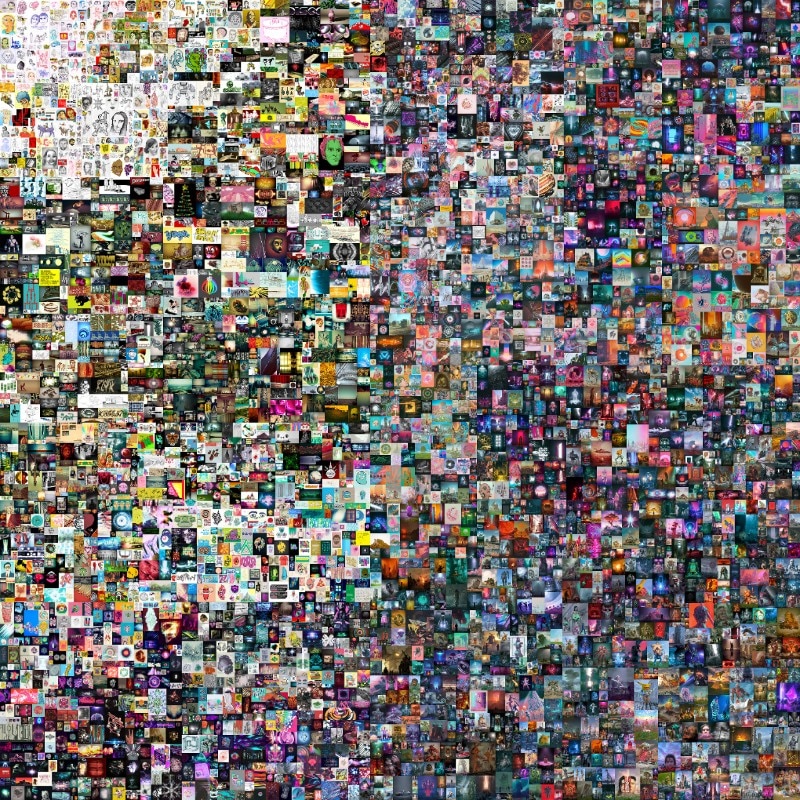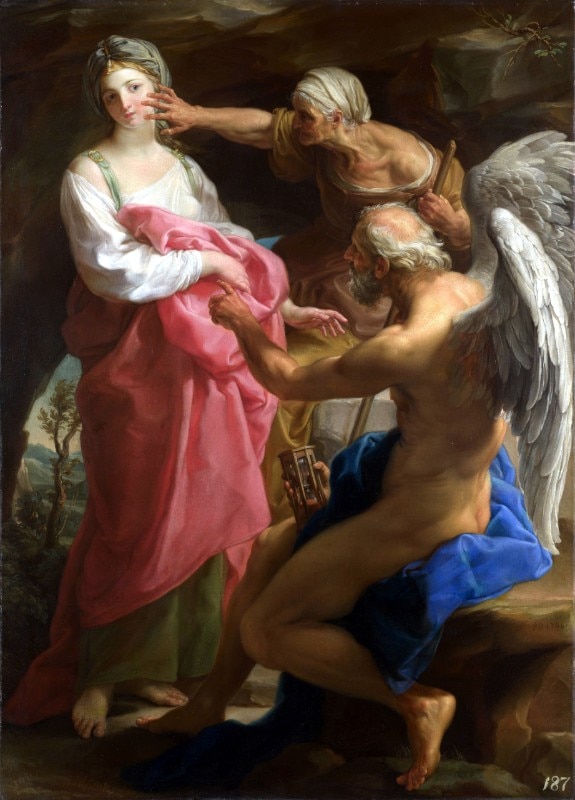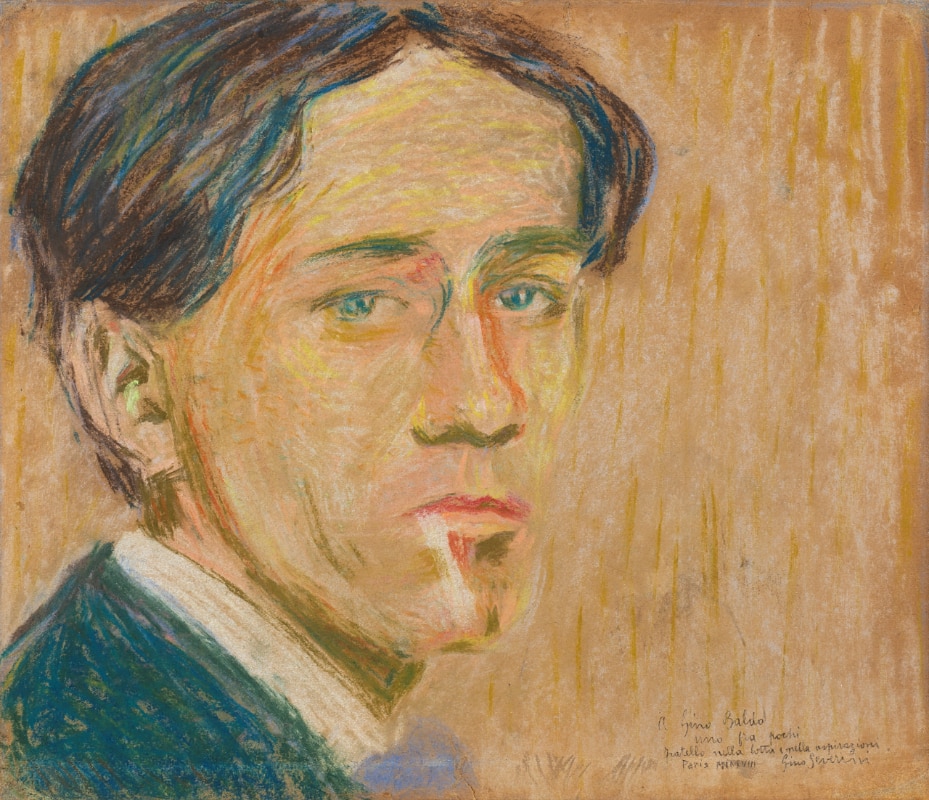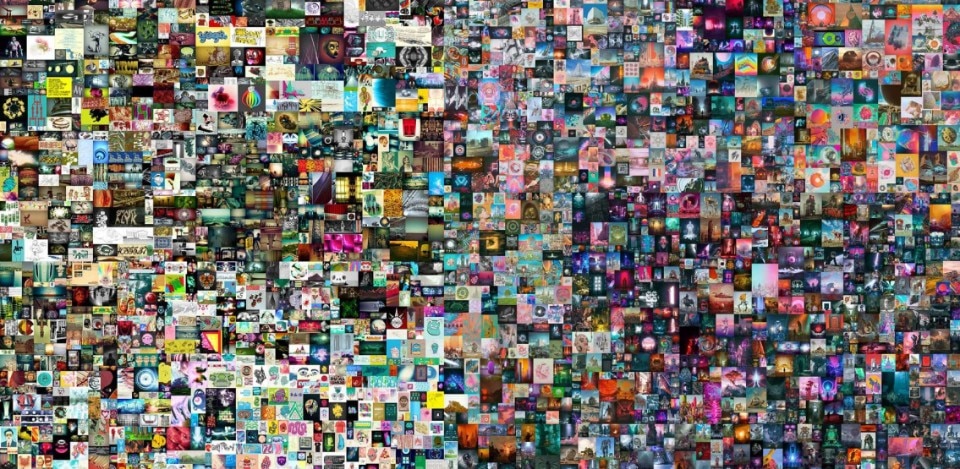This is the age of uncertainty, of fear that generates hope, of the incontrovertible and the questionable. This time seems to be taking shape in the imagination, in the thoughts, in research, in science, in the expression of ideas, in faith and perhaps in art. During the pandemic, the occasions of virtual encounters have had a strong influence on our relationship with the current moment, with time, with history.
Art, necessarily influenced by the historical context, is being declined in a new grammar that admits, in some way, the interchangeability of its role and its form in the new pandemic contemporaneity.
Beauty. Ugliness. These aesthetic concepts have given way to new words, new acronyms: NFT or ‘non-fungible token’, an equal and decentralized digital resource that cannot be exchanged, a cryptographic token. In other words, an NFT is a virtual object that is unique and inimitable.

NFT is a work of art that makes use of technology, which recently has led to a major innovation in the art market. For example, in March 2021 at Christie’s, a well-known British auction house, an NFT, a virtual artwork by the artist Beeple, was sold for 70 million dollars, breaking a market record and creating a new artistic avant-garde.
A work of art that stems, if we want to look for an aesthetic sense, from the Aristotelian concept of ‘potency’, that is, something that does not exist in action, something virtual. Virtus, Latin for strength. An inner quality not necessarily expressed, therefore virtual, that does not belong to the concrete real, to the tangible real. An imaginative level of a cultural project that takes us back to an ancient dialectic concerning artistic techniques and the avant-garde, where people tried to understand to what extent technique can define art. If we were to bring art down to its purely theoretical essence, and technique down to a simple practical activity, would we not be declaring an almost impossible divorce between these two subjects? Is the virtual then a technique? Does the virtual preserve the aesthetic sense to which we have been educated? Or does this new ‘artistic’ education in the pandemic era force us in its arrogant and coercive aspect to accept it in daily abuse?
Discussing beauty would then seem to be a decaying concept due to a culture dominated by intellectual figures that are much different from those of the previous century.

From the past, in fact, come definitions of beauty. They come from artists and philosophers who over the centuries have created and discussed an aesthetic idea, an idea of beauty, which was modulated according to cultural needs, emotional drives and intellectual necessity. However, this was not the case with ugliness. Most of the time, in fact, the idea of ugliness existed only in opposition to that of beauty, a reflection that only apparently had no philosophical or philological needs. In fact, the devaluation of subjects is characteristic of modernity, an aesthetic hierarchy that perhaps, in the absence of any reflection on ugliness in the past, has favoured the development of certain absolutely contemporary instances that have found their strength in ‘vile’ themes under the shield of a moral category that is absolutely inferior to the past, even the most recent past.
Art at the time of the pandemic, virtual art, has become art to show the confusion of certain forms of knowledge and thus the intangibility of art itself, forced to clash with a time and a history that have made inconsistency their necessity.
During the pandemic, art took on interesting paths, both from a sociological, artistic, economic and intellectual point of view. Art has become insubstantial, just like virtual art; it has taken the shape of NFT works, but it has also returned to “ancient” paths, as the latest auction sales show us. Historicized artists such as Severini, Sironi, Balla, and older art such as that of the 17th century have regained strength and vigour. So, what is happening to the hobby of collecting? Will it take on an almost political path? Could art become bicameral? The right and the left wing of collecting. Conservatives and reformists.

Opening image: Beeple, Everydays: the First 5000 days, NFT, 2021


